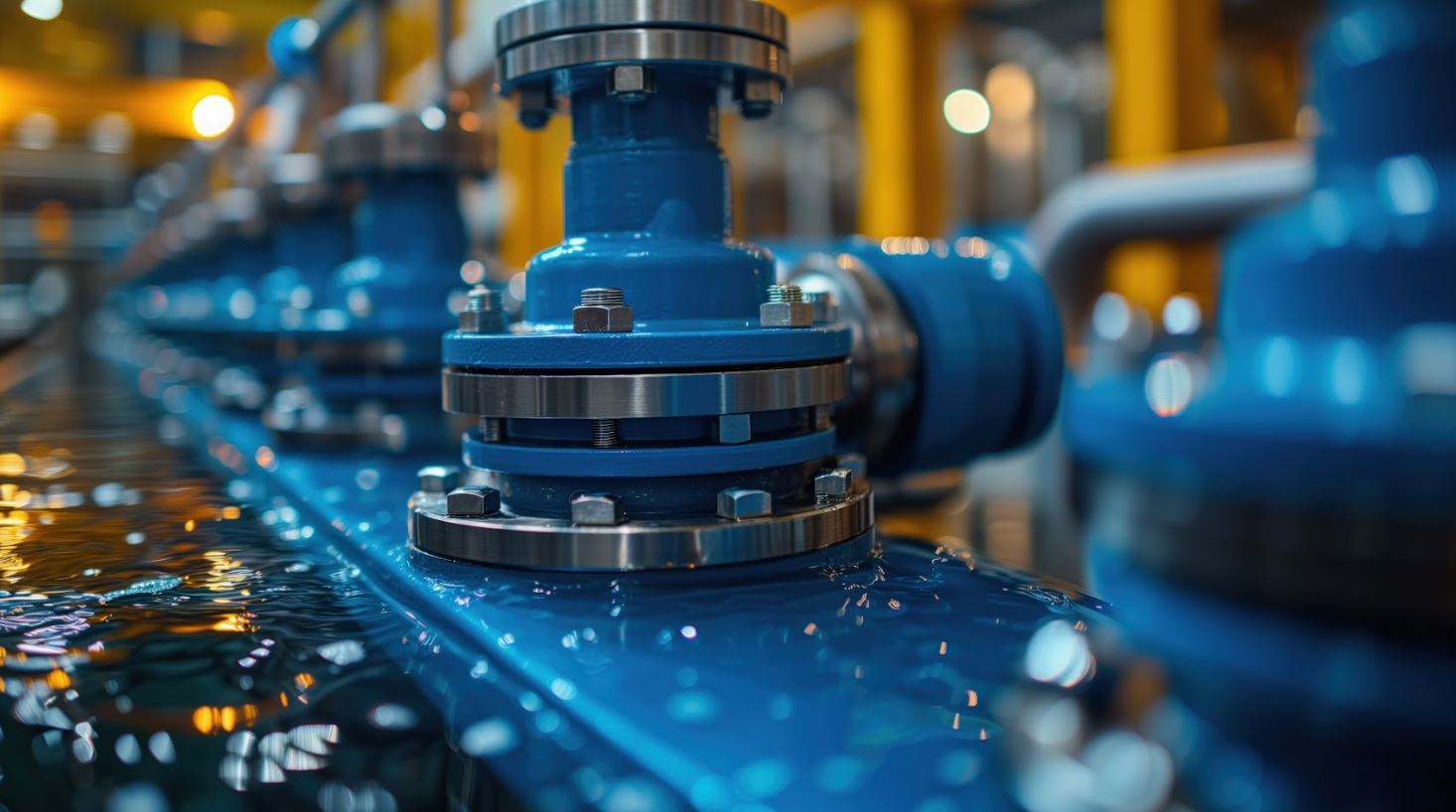 Liquid transfer pumps are essential devices used across various industries to move fluids from one location to another. Whether it’s transferring water, chemicals, oil, or other liquids, these pumps play a critical role in ensuring efficient and safe operations.
Liquid transfer pumps are essential devices used across various industries to move fluids from one location to another. Whether it’s transferring water, chemicals, oil, or other liquids, these pumps play a critical role in ensuring efficient and safe operations.
This article explores the different types of liquid transfer pumps and their applications, helping you understand their unique features and uses.
Types of Liquid Transfer Pumps
Liquid transfer pumps come in various designs, each suited for specific tasks and environments. Below are some of the most common types:
1. Centrifugal Pumps
Centrifugal pumps work by converting rotational energy from an impeller into kinetic energy, which moves the fluid through the pump. These pumps are ideal for low-viscosity liquids like water, chemicals, and light oils.
They are commonly used in water treatment plants, irrigation systems, and industrial processes.
2. Diaphragm Pumps
Diaphragm pumps, also known as membrane pumps, use a flexible diaphragm to move liquids. The diaphragm expands and contracts, drawing fluid into the pump to create a vacuum and then expels it.
These pumps can handle viscous, abrasive, or corrosive fluids. They are often used in chemical processing, wastewater treatment, and food production. Check out diaphragm pumps at KNF.
3. Gear Pumps
Gear pumps are highly efficient and suitable for transferring high-viscosity fluids like oils, resins, and syrups. Gear pumps are commonly used in the automotive, manufacturing, and food industries.
4. Peristaltic Pumps
Peristaltic pumps, also called hose pumps, use rotating rollers to compress a flexible tube, pushing the liquid through the pump. These pumps are ideal for transferring sensitive or sterile fluids, as the fluid only contacts the tube. They are widely used in medical, pharmaceutical, and food industries.
5. Piston Pumps
Piston pumps use a reciprocating piston to move liquids through a cylinder. They are capable of generating high pressure and are used in applications needing precise flow control, such as in hydraulic systems, high-pressure cleaning, and oil and gas industries.
6. Submersible Pumps
Submersible pumps are used for drainage, sewage, and groundwater extraction. These pumps are highly efficient and reduce the risk of cavitation.
Applications of Liquid Transfer Pumps
Liquid transfer pumps are used in a wide range of industries and applications. Below are some key areas where these pumps are indispensable:
1. Agriculture
In agriculture, pumps are used for irrigation, fertilizer application, and water drainage. Centrifugal and submersible pumps are commonly employed for these tasks due to their ability to manage large volumes of water efficiently.
2. Chemical Industry
The chemical industry relies on pumps to transfer corrosive, abrasive, or hazardous liquids. Diaphragm and peristaltic pumps are often used because of their ability to handle such fluids safely and without contamination.
3. Oil and Gas
Pumps are used for crude oil transfer, pipeline boosting, and refining processes. Gear and piston pumps are preferred for their ability to handle high-viscosity fluids and generate high pressure.
4. Food and Beverage
This industry uses pumps to handle sensitive or viscous liquids like syrups, sauces, and dairy products. Peristaltic and gear pumps are commonly used due to their sanitary design and gentle handling of fluids.
5. Water Treatment
Water treatment plants use pumps for moving water through various stages of purification. Centrifugal and submersible pumps are widely used for their efficiency.
6. Pharmaceuticals
In the pharmaceutical industry, pumps are used for transferring sterile or sensitive fluids. Peristaltic pumps are ideal for this application due to their contamination-free operation.
7. Mining
Mining operations use pumps for dewatering, slurry transfer, and chemical processing. Diaphragm and centrifugal pumps are commonly used for their durability and ability to handle abrasive fluids.

 Specialized Applications of Liquid Transfer Pumps
Specialized Applications of Liquid Transfer Pumps
Liquid transfer pumps are also utilized in specialized scenarios where specific features and functionalities are required. Below are some specialized applications and the types of pumps that are commonly used:
1. Portable Siphon Pump
Portable siphon pumps are ideal for quick and easy fluid transfers, especially in situations where power sources are unavailable. These pumps transfer fuel, water, and other liquids in remote locations or emergency situations.
2. Automatic Fuel Transfer Pump
Automatic fuel transfer pumps are designed for efficient and hassle-free fuel transfer operations. These pumps are often used in automotive, aviation, and marine industries to transfer gasoline, diesel, and other fuels with minimal manual intervention.
3. PVC Hoses in Industrial Applications
PVC hoses are frequently used in conjunction with liquid transfer pumps in industrial applications. These hoses are lightweight, flexible, and resistant to a variety of chemicals, which makes them suitable for transferring acids, alkalis, and other corrosive fluids.
4. Stainless Steel Pumps for Corrosive Fluids
Stainless steel pumps are essential in industries where corrosion resistance is critical. These pumps are used for transferring aggressive chemicals, pharmaceuticals, and food products, ensuring long-lasting performance and hygiene.
5. Fluid Transfers in Hazardous Environments
In environments where explosive or flammable fluids are handled, specialized pumps are used. These pumps have safety features to prevent ignition and ensure safe fluid transfers.
6. Multifunction Liquid Sucker Pump
Multifunction liquid sucker pumps are versatile tools that can handle fluids, including water, oil, and chemicals. These pumps are often used in maintenance, construction, and emergency response scenarios.
7. Water Transfer Pumps
Water transfer pumps are used in a variety of settings, from agricultural irrigation to emergency flood control. These pumps move large volumes of water quickly and efficiently.
8. Portable Power Battery Pump
Portable power battery pumps offer the convenience of cordless operation, making them ideal for remote or off-grid applications. These pumps are commonly used in agriculture, construction, and emergency services.
9. Bypass Pumps
Bypass pumps are used in systems where continuous flow is required, even during maintenance or repair. These pumps are essential in HVAC systems, industrial processes, and water treatment plants.
10. Fluid Siphon Pump
Fluid siphon pumps are used for transferring liquids from one container to another without the need for a power source. These pumps are commonly used in laboratories, automotive repair, and home maintenance.
Bottom Line
Liquid transfer pumps are indispensable tools in countless industries, enabling the efficient and safe movement of fluids. From centrifugal pumps for water transfer to peristaltic pumps for sterile applications, each type of pump has its unique advantages and limitations.
Whether you’re working in agriculture, chemicals, oil and gas, or food production, there’s a pump designed to meet your needs.









